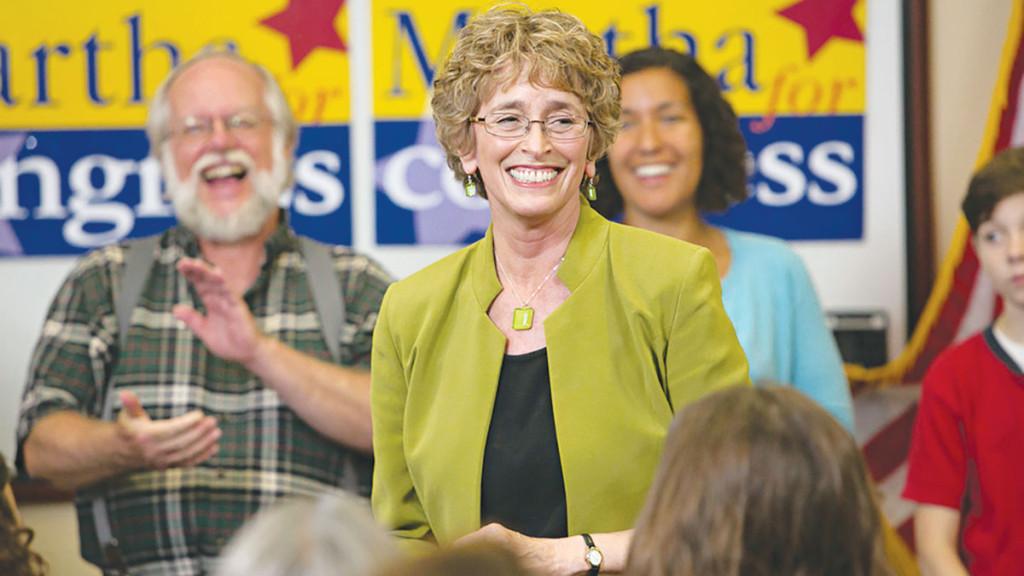All across this district, I have heard heartbreaking stories from families impacted by crippling student loan debt. One man I met was still paying off his loans with his daughter in high school getting ready for college herself. A more recent graduate defaulted on her loans when she was laid off from her job, causing her rates to more than double. When I was young, it was possible to graduate debt-free with scholarships and working through school — and that’s simply not possible for young people anymore.
College students today are virtually guaranteed to graduate with debt unless they come from a wealthy family. These young people face hard choices and are likely to delay having a family, buying a home or starting a business, holding back their potential.
For many high school students, the prospect of years of debt payments keeps them from pursuing higher education at all. Higher education is an important entry into the middle class for working families. We should be making college more accessible to all students, not putting up barriers to all but the wealthiest applicants.
Student loan debt is an enormous burden on more than our students. At an astonishing $1.2 trillion, this debt has the potential to damage our entire economy. This is an issue we must address.
Congressman Tom Reed has the wrong priorities when it comes to the student loan crisis. He actually voted to start charging students interest on their loans while they are still in school. He has failed to protect Pell grants, which are often the only affordable loans available to students, from cuts. Reed’s policies do not make college accessible to more students or encourage young people to follow their dreams.
These are the wrong priorities.
In 2013, faced with a doubling of student loan rates, Reed voted to tie federal loan rates to treasury bills, pushing a bill that subjected students to the whims of the marketplace over the life of each loan. The nonpartisan Congressional Budget Office reported that the bill Reed voted for could more than double loan rates. I believe that working families and the middle class deserve the lowest interest rates available, with rates locked in over the life of a loan, rather than the fluctuating rates that Reed voted for.
Investing in our students is investing in the job creators and innovators of tomorrow. We need creative, independent solutions to tackle the student loan crisis. I believe students should be able to refinance their loans to take advantage of lower rates, just as we can with mortgages and commercial loans. We absolutely should tie monthly payments to income. I would repeal the law that protects private loans from bankruptcy proceedings. These reforms are a message to our young people that we are investing in their success.
In Congress, I’ll approach the student loan debt crisis by finding solutions that put working people first, helping them to provide a better life for themselves and their families. My opponent, on the other hand, would rather let students drown in debt and put college out of reach for all but the wealthiest families. I promise to be a voice for middle class in Congress — not just the wealthy.














